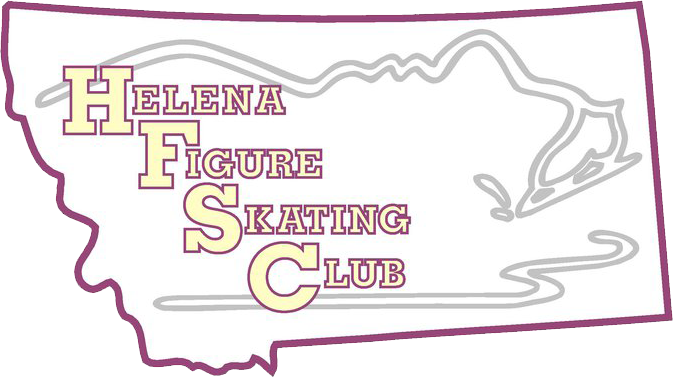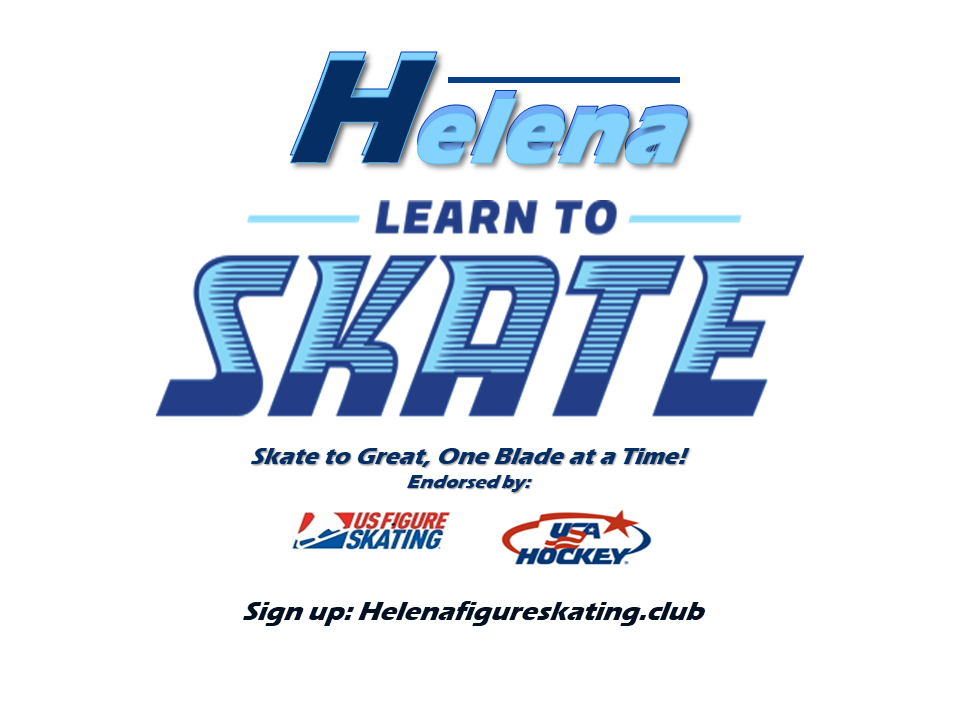What about skates and other equipment?
Being a successful skater does not require fancy equipment, but it is important that you have properly-fitting skates; warm, comfortable clothes; a hat or safety helmet; and a pair of gloves or mittens!
SKATES
Ice skate rental is free with Learn to Skate lessons!
It’s important to take the time to find a pair of skates that offer adequate support and fit comfortably. Ill fitting skates are frustrating for beginner skaters and can slow process. Always take a little walk in your skates off the ice before going on the ice to help determine if they fit properly. Any of our certified instructors or parent volunteers can assist skaters and parents with fitting skates!
THE PERFECT FIT
First, find a pair of skates that are snug and fit your feet comfortably. Your heel should be as far back inside the boot as possible and should not be able to slide up and down once the skates are properly laced. Your toes should not feel pinched; once the skates are laced, you should be able to wiggle them. Remember, you’re seeking a snug fit and comfort. Now, find skates that offer adequate ankle support. If a skate boot lacks support, you will need to use a lot of strength just trying to stay upright. Socks or tights are very important as well. Your feet will feel best if you wear one pair of lightweight socks or tights. Bulky or thick socks can limit the skate’s support and create uncomfortable “bumps” inside your boots.
Rental skates are made to fit everyone — therefore, they fit no one precisely. Be aware that your skate size is not always the same as your shoe size. Take your time and keep trying on skates until you find a pair that fits.
TAKING CARE OF YOUR SKATES
Never walk on hard surfaces or concrete with uncovered blades — this will ruin them. If you own your own skates, purchase a pair of skate guards for walking off the ice to protect your blades. Always dry off your blades with a towel before storing them in your bag or taking them home. Wet blades may rust, and rusted blades will not glide very well. Also, keep your blades sharp. Sharp blades grab the ice better than dull ones, especially when stopping.
Skate sharpening available at Big Sky in downtown Helena.
PROPER ATTIRE
We recommend comfortable clothes that allow you to move freely and can be layered. Whether skating indoors or outdoors, you will warm up as you skate and may need to discard a layer to stay comfortable. Close-fitting but not tight pants, such as sweatpants or warm-up pants work well for bottom layers. Gloves or mittens are a must!
SAFETY HELMETS
U.S. Figure Skating strongly recommends, but does not require, the use of helmets for beginner skaters of all ages. A helmet should be comfortable and snug. Be sure that it sits level on your head, not tilted back or pulled too low over your forehead. The chin strap should be securely buckled so that the helmet doesn’t move in any direction, which can be important during a fall or a collision. When buying a helmet, it’s important to have the user try it on in the store to ensure a proper fit.
WHICH HELMETS WORK FOR ICE SKATING?
A hockey, bicycle, skateboard or ski helmet (multi-sport) is suitable for the beginning ice skater. For Learn to Skate lessons, a face mask is not necessary. These helmets are designed to withstand more than one moderate impact, but be aware that protection is provided for only a limited number of impacts. All helmets should be replaced if visibly damaged. Consult the manufacturer’s instructions for guidance on when the helmet should be replaced.
HELMET DO’S
Wear helmet low in front to protect forehead.
Fasten buckle and check strap adjustment often.
Replace your helmet immediately if it shows any visible signs of damage.
Clean helmet with mild soap/water only.
Store helmet in a cool dry place.






